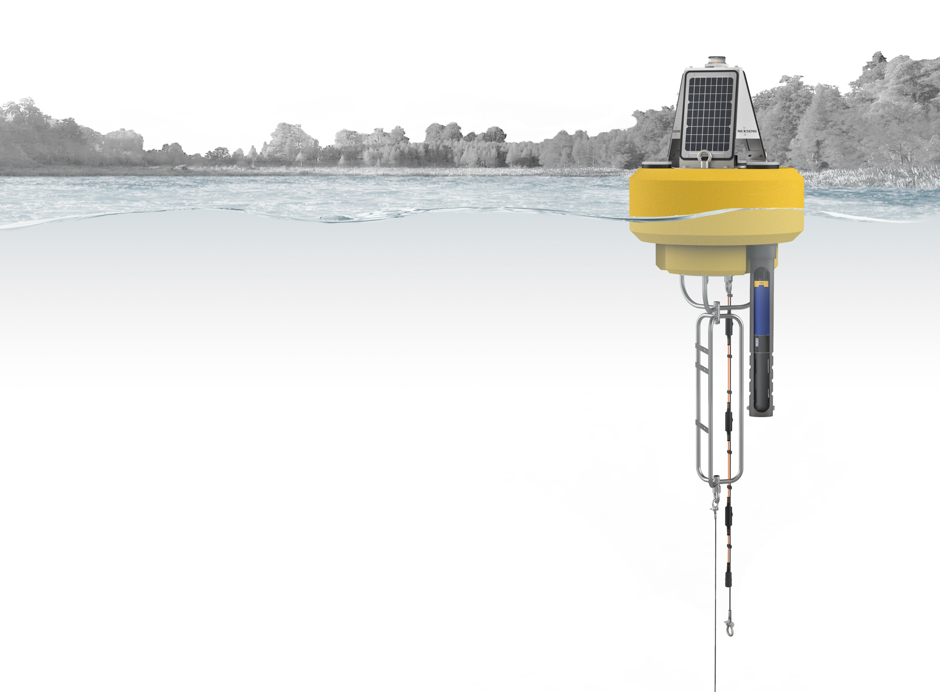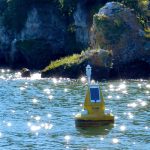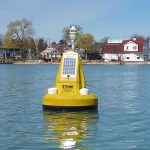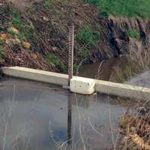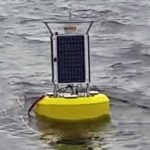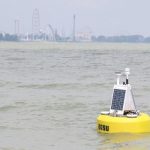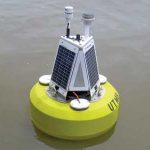Harmful algal blooms (HABs) are an issue associated with eutrophication, the presence of excess nutrients in water. Rapid growth of organisms like cyanobacteria can deplete oxygen levels, increase stratification, and produce harmful toxins. NexSens automated detection systems can help track HABs and predict when potentially hazardous conditions are forming.
Articles Tagged: algae
Lake Erie Buoys – Monitoring on An Iconic Lake
Lake Erie buoys have a host of unique challenges to meet as they help researchers and managers acquire the data they need to protect an iconic lake.
Water Quality Measurement
Accurate water quality measurement, while basic in many situations, forms the basis for numerous crucial management decisions.
Phytoplankton & Chlorophyll
Scientists study phytoplankton due to their positive and negative influences on the natural world, on today’s sensor whiteboard, we discuss the ways that phytoplankton is measured as well as cyanobacteria.
Stone Lab Buoy Tracks Algae
Ohio State University
A buoy and cellular data logger deployed near Lake Erie’s Gibraltar Island helps Ohio State University scientists study algae and bloom toxicity.
Weir Installation Water Quality Effects
Minnesota State University
Researchers at Minnesota State University set out to investigate what effects a new weir might have on the water quality downstream.
Algae Bloom Monitoring Network
Oklahoma Water Resources Board
Officials with the Oklahoma Water Resources Board plan to deploy a data buoy network to track possible algal blooms and protect visitors to Grand Lake.
Expanding Algal Bloom Monitoring Network
National Oceanic and Atmospheric Administration
Scientists have added four new platforms to the network of monitoring buoys that has taken shape since the Toledo crisis. Three of these were launched in the summer of 2015 near Maumee Bay and at other points off the shore of Michigan.
Sandusky Bay Algal Bloom Buoy
Bowling Green State University
With Lake Erie’s algal bloom problem persisting in its western basin, state officials and researchers are working to expand monitoring capabilities there. Many of those are supported by networks of buoys that collect readings from advanced sensors measuring water quality.

